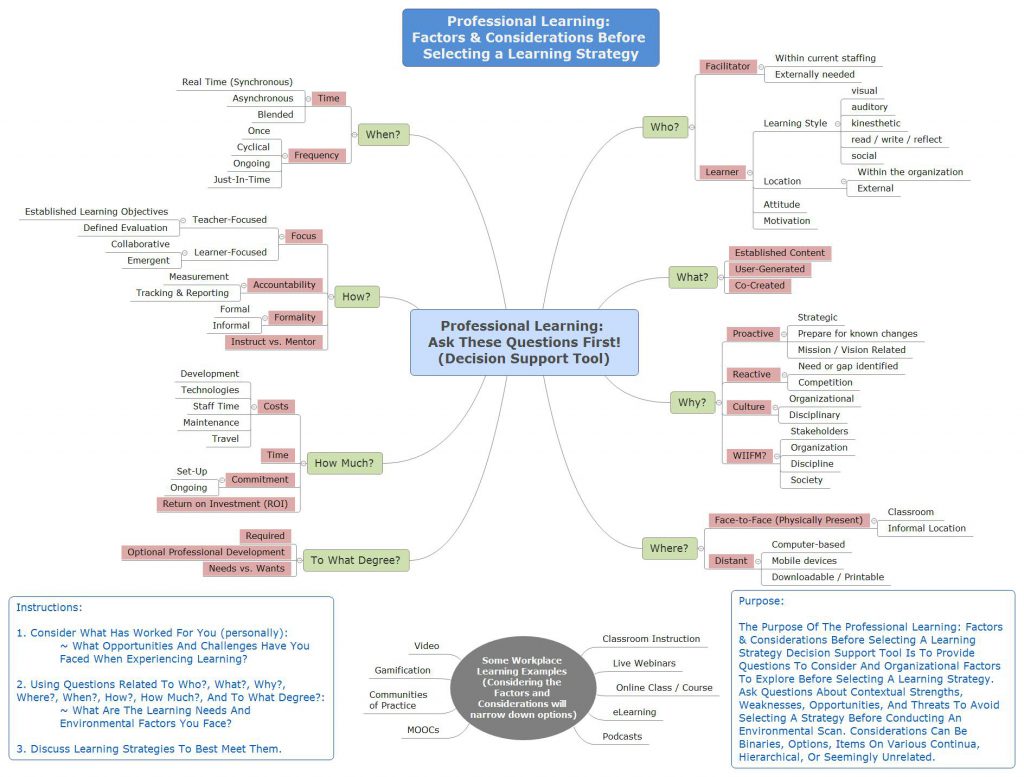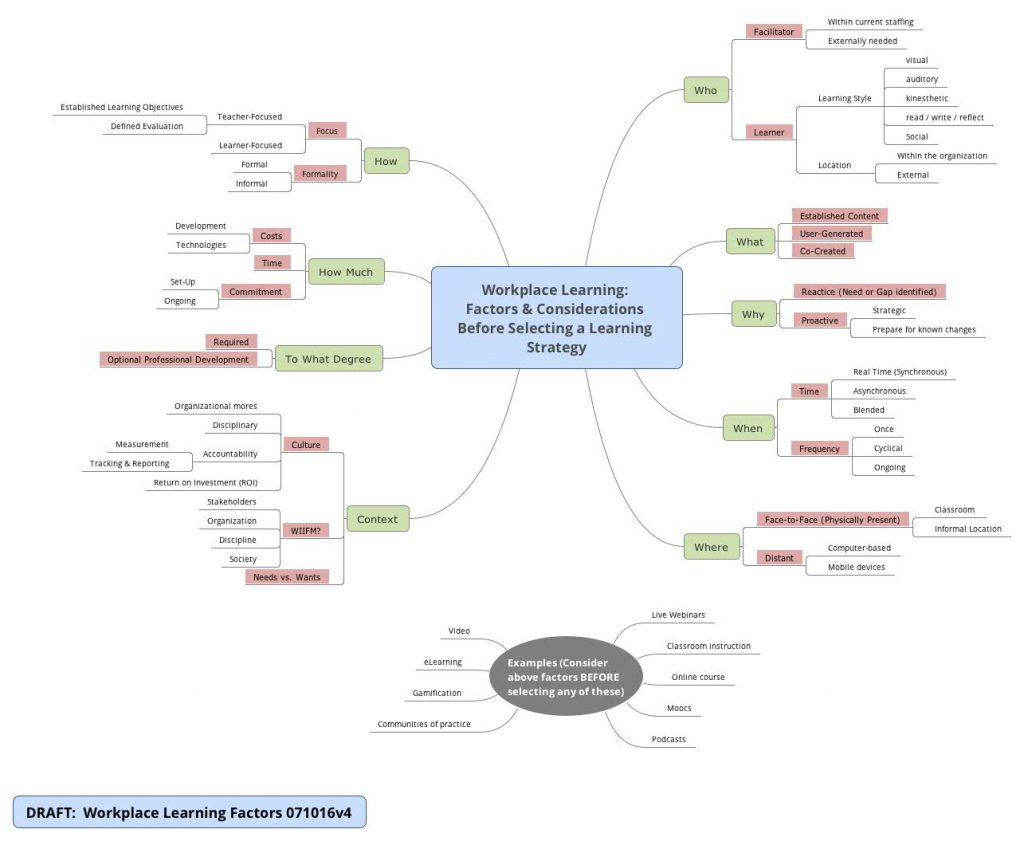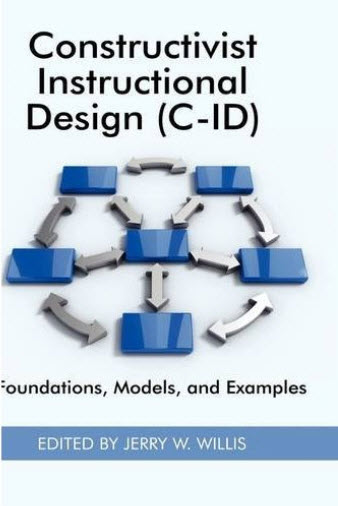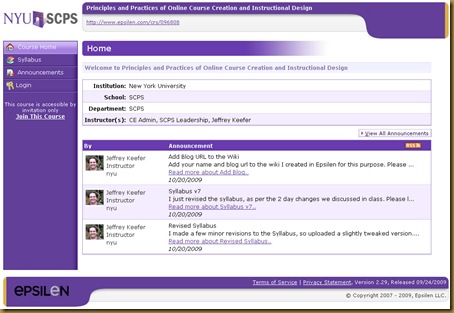 ** This image file was slightly revised and updated on 8/4/16. It is now titled: Professional Learning: Factors & Considerations Before Selecting a Learning Strategy.
** This image file was slightly revised and updated on 8/4/16. It is now titled: Professional Learning: Factors & Considerations Before Selecting a Learning Strategy.
I wanted to share my revised version of the Workplace Learning: Factors & Considerations Before Selecting a Learning Strategy Decision Support Tool I developed to help frame questions and organizational considerations before selecting a learning strategy. It is easy to determine we need eLearning or a MOOC or video-based training before conducting an organizational environmental scan (related to a learner gap analysis, but different in that it considers and focuses on organizational strategies and other factors that will ultimately determine the direction learning in the workplace will take. This was created to start conversations early in the process, and while Continue reading “Workplace (Professional) Learning: Factors & Considerations (Decision Support Tool)“


 I asked my students in my a
I asked my students in my a 